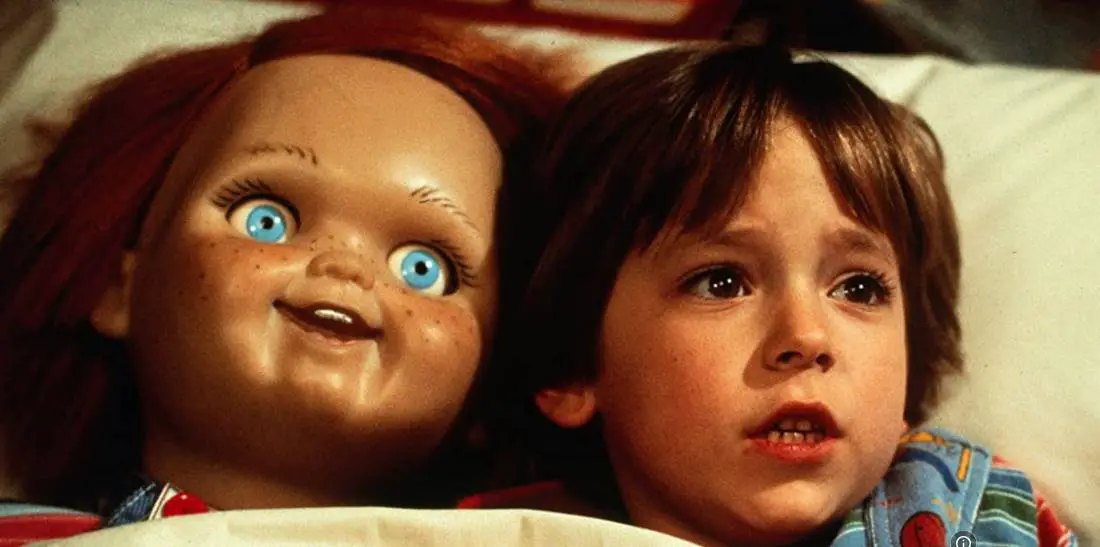
I love scary horror movies. As a kid, I was always instructed to go with a friend but had to be chaperoned by an older sibling. The narrative with my parents was that we were “going to see” a Muppets movie or Disney classic. Speaking to a G-rated film didn’t raise any eyebrows or cause our mother’s added anxiety.
When we got dropped off at the movie theater, we’d gleefully wave as my mom’s car pulled away, then dash off to meet my best friend’s brother, Michael. He’d gone ahead of us and bought our tickets, with our allowance money “plus interest,” to see the latest horror movie. I vividly remember the excitement of arriving at the theater, hiding the truth of my desire to see R-rated abomination. That’s what my grandmother thought of scary movies: abominations.
While the studios treat scary movies as “a low-cost, low-risk investment,” horror directors view their productions as the Holy Grail of cinema. Audiences demand a thrilling journey to love, even if the final cut stinks.
The Rules of Horror Movies
Why I love scary movies, most of all “is the idea of the rules, memorably laid out[1],” survival tactics, or toolkit if you will.
- Don’t say you’ll be right back.
- Don’t drink, and don’t have sex.
- A sequel means a higher
- Don’t pick up a Hitchhiker[a].
- The killer always comes back for one final scare.
- Don’t go into an attic or basement.
- Check the flashlight for fresh batteries.
- Leave if there are bats or there are distinct smells of rot.
But at its heart, a good scary movie is the guts, pun intended. Scary movies must be meaningful to have an impact. Strange as it seems, the meaningfulness makes “the evil tangible, and gives it an invincibility.”
The characters must fight for their lives. And as the chaos reigns, we are also introduced to a lone character in the group. An intelligent protagonist subconsciously facing personal inadequacies.
As the movie progresses, we sympathize with this character as they are continually “cornered, wounded; whom we see scream, stagger, fall, rise, and scream again. Abject terror personified[2].”
And while every character is being brought to slaughter, this lone protagonist is seen as an overly empathetic and seemingly indestructible person, just like their evil nemesis. Over the course of the film, this terrorized character becomes instantly recognizable because we’re identifying internally with our own fears and ultimately rooting for ourselves!
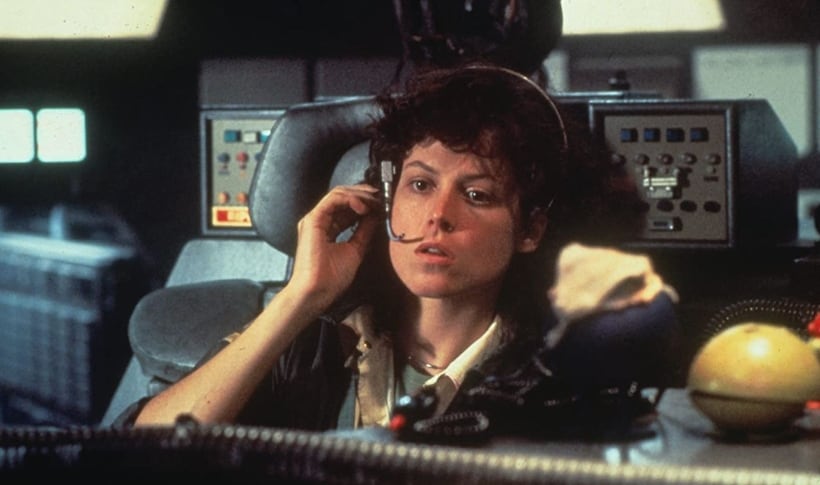
That 80’s Horror “Thing”
1978-1980 were two particularly satisfying scary years to fool my parents. Alien convinced me my screams couldn’t be heard in space. The Amityville Horror proved just how dysfunctional a family could be. Meeting the creepy Tall Man and flying razor ball in Phantasm made me question everything I knew about death.
The rollercoaster ride of When a Stranger Calls “have-you-checked-the-children” opening sequence set the bar so high for jump scares, it dared every director to top it. Wes Craven’s Ghostface character would master the thrill of the jumpscare, tormenting the audience with a whopping 19 jumps in the genre-revitalizing Scream (1996).
Dressed to Kill (1980) introduced my imagination to a new kind of scare: body horror. Pushing the envelope with voyeuristic, sexually repressed, transsexual obsessed characters, and of course, murder.
Thanks to Halloween (1978), The Fog, Prom Night and Terror Train kept Jaime Leigh Curtis sexy and relevant and kept theaters seats filled to capacity. Friday the 13th gave an entirely new sense of going to summer camp fun. Jack Torrance screaming “Hello, Johnny,” from Stanley Kubrick’s masterful The Shining (1980), also splattered horrifically indelible images of a blood tidal wave pouring out of an elevator and creeptastic twins; wanting to “play.”
The Mounting Tension
Entering a movie theater is a feeling like no other. An unexplainable urgency lingers—an essential purpose and place for everything. From my first covert encounter, with Mike, to exchange a movie ticket for my entire weekly allowance got the tension mounting.
Next came the ambush at the concession stand: Good-n-Plenty, Whoppers, and large popcorn. I’d follow a cola-stained carpet, like Dorothy’s gold-bricked highway to Oz, straight to the theater. Inhaling the intoxicating, somewhat putrid aroma of popcorn “butter” hot dogs spinning on squeaky, greasy metal rollers is forever embedded in my thalamus.
Moving upstream through the cacophony of people leaving the theater, I’d check the crowd for reactions. Some laughed hysterically; others seemed grim, in deep philosophical thought.
The few pale faces etched with shock and alarm warmed me with excitement. I couldn’t help but smile. I knew this array of reactions meant it was about to be a fantastic adrenaline-charged experience.
I’d pantomime a jump-scare, beside the massive cardboard cutout of the ax-wielding psychopath promoting the film, starting the wits out of someone entering the theater. I went to scary movies for all the delights: the thrills and chills, the special effects, and the gore.
Even the bad horror movies were good. The visual juxtaposition of unrealistic situations (or are they?) bearing down on my subconscious fears kept me coming back for more horror time and time again.
The Scares are Waiting
Unable to contain my excitement, I’d sprint inside the theater to survey the tiered landscape of seats, snuggling into one close enough to capture every bloody nuance of the film. When the last trailer ended and the house lights dimmed, I started craving less popcorn and more fear. When the opening credits rolled, I’d feel an uncontrollable physical sensation pulsing through my temple. I was scared before the movie even started!
The magic of the film’s ability to “access and hold a deeper part of my collective consciousness,[3]” before a single stab, decapitation or tumble into the woodchipper frightened my mind into a fetal position. As the victims were picked off one by one, I was “more likely to be scared on their behalf?[4]” That hardly seemed fair! But that’s the appeal!
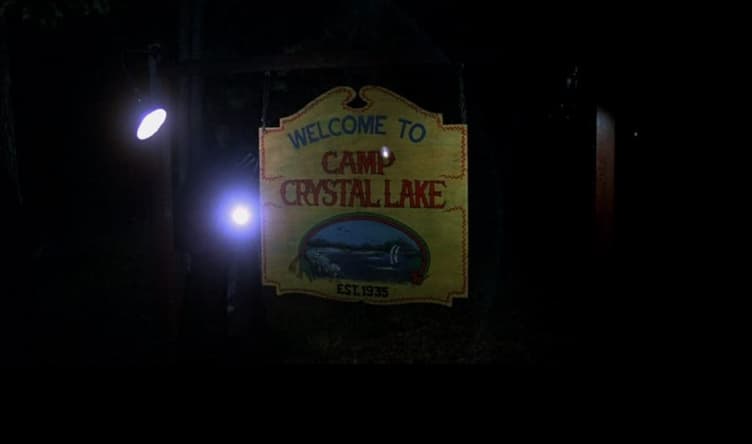
What is it about Horror Movies People Find so Appealing?
A good scary movie is a bookended bloody pleasure adventure encased in primal fear. Throw in the character I can empathize with, and by the film’s conclusion, “realizing that surviving doesn’t always mean a happy ending, and the terrors suffered in the film have real physical, psychological, and emotional repercussions that will linger well past the rolling of the credits.[5]”
For the grief-stricken mother and widow, in The Babadook (2014). For Ripley, the warrant officer and lone survivor of the Nostromo in Alien (1979). And for Nancy, who yanked Freddy from her dreams into reality on the house at 1428 Elm Street, so she could finally get a good night’s sleep.
For better or worse, I have great empathy for these characters. Forced to humanize everyday struggles – depression, insomnia, survival, corporate greed, and environmental destruction – well-written characters are forever imprinted on celluloid and permanently etched in my cinephile brain!
For myself, and for these terrified and troubled characters, I wouldn’t want it any other way! Every day, people running like hell from a wall of flame-throwing zombies. Each viewing of a horror movie is like a fine wine, better with time. They’re like old friends, welcoming me into their lives, appreciating me for seeing them, and accepting them as they are.
What Qualifies a Horror Movie as a Horror Movie?
It’s thrilling to feel the kind of rush that only a scary movie can produce. The qualifiers of a great horror movie include a physiological collaboration of “sweaty palms, tense muscles, a drop in skin temperature, a spike in blood pressure and an increased heart rate.”
I’d love to hear other moviegoers, the sound of the chattering film reel, the cone of foggy light stretching out towards the screen, through the little framed window cut out high into the wall. I’ve often missed parts of a scary movie looking for a demented grimacing face in that window.
I’d time the jump scares but never got them right—ominous music building to crescendo or terrifying silence holding the film hostage. I’d hide my face behind my hands, my body leaning forward, then crashing back against the seatback. Hearing strange, desperate breathing sounds, realizing it was me making them, not the buxom camp counselor running from the ax-wielding maniac.
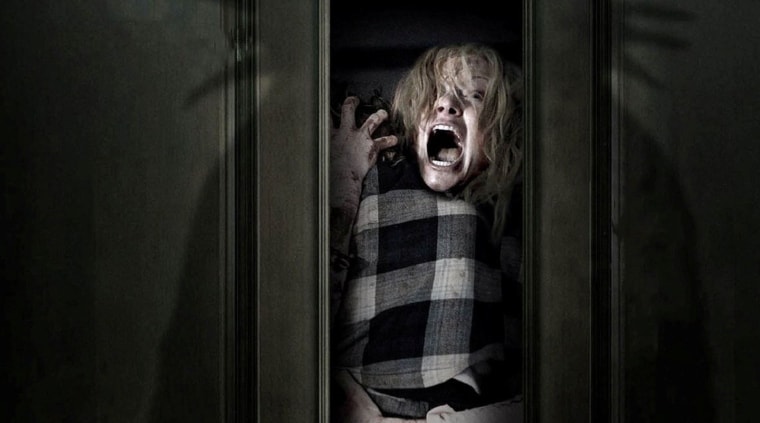
Do we really like jump scares?
Alfred Hitchcock once said, “There is no terror in the bang, only the anticipation of it.” Just before her twin brother, Darry, slides down the corrugated drain pipe into the subterranean death cavern under the abandoned church, his sister Trish says, “You know that part in scary movies when somebody does something really stupid, and everyone hates them for it? This is it.”
And down Darry goes. In Jeepers Creepers (2001), the mounting tension, up to that point, thirteen minutes and fifteen seconds into the film, had my skin crawling and my soul cringing. The sound, the jump cuts, the blaring horn of that rusted-out 1941 Chevy COE (complete with “cowcatcher” on the front) was as adrenaline pumping as it gets!
By the time I was introduced to the organ-sniffing demon-bat, spawn of hell, desperate to replace his deteriorating body parts and splatter a trail of death in his wake, I was scared stiff. The film’s thirteen jump scares right up to the finale and fade to black, left me desperately wanting more.
What is it About the Jump Scare?
As humans, we actually look to coexist with fear. The jump scares in horror films emote the typical flight or fight mechanisms, but something deeper is at play. Each audience member is tightly vested with the protagonists; we have volunteered unwittingly to attempt the same harrowing getaway experienced by the characters on the screen.
Thank Dopamine, a neurotransmitter that controls our emotions and rewards us with stimulus, when jump scares startle us out of our wits. Some moviegoers “want” the reward, others “need” it. Our screaming and squirming and throwing popcorn at the screen “provides evidence that fear can fuel activation of our reward system, and in the context of [horror], fear is the ultimate reward.[6]”
“Dinner” with the Chestburster, in Alien, was the ultimate reward. Some moviegoers vomited; others fled the theater blindly. The birth of the Xenomorph changed the way horror could unknowingly present itself.
The cast wasn’t told about the scene. It was the first jump scare built into a jump scare. Director Ridley Scott double-rewarded horror audiences!
The jump scare reward of silence was supremely portrayed in A Quiet Place (2018). Watching Evelyn, a loving mother, give birth, in a bathtub, without making a sound, as a blind, sound-hungry alien, hunted her house, was more potent than 1,000 blood-curdling screams. With 90 lines of dialogue; horror got an unforgettably unexpected and undeniably monumental facelift.
The Catharsis of Horror Movies
If I haven’t convinced you by now, tales of horror are actually a gift. Even though, at times, I’d need to be pulled down from the ceiling as the credits rolled, watching a scary movie allowed me to feel catharsis and offered me a sense of relief. Comforted by friends, we’d tumble out of the theater, passing people going in, watching our reactions to the film.
Greek Philosopher Aristotle introduced the interpretation of catharsis. Concerning scary movies, it means, “[Audiences] burn their negative feelings and worries about the natural world and expel them by watching horror. In the end, the antagonist has to suffer, which gives the ultimate resolution for the viewers.”
My first brush with scary movie catharsis was seeing The Funhouse (1981) directed by Tobe Hooper, famous for Texas Chainsaw Massacre (1974) and Poltergeist (1983). I was hooked!
I love sitting in a dark room full of strangers, shouting, cringing, and purging their deep-seated emotions over a crazed group of high schoolers running across a field towards a creaky old barn boasting a swinging collection of rusty chainsaws and meat hooks. It evokes catharsis every time!
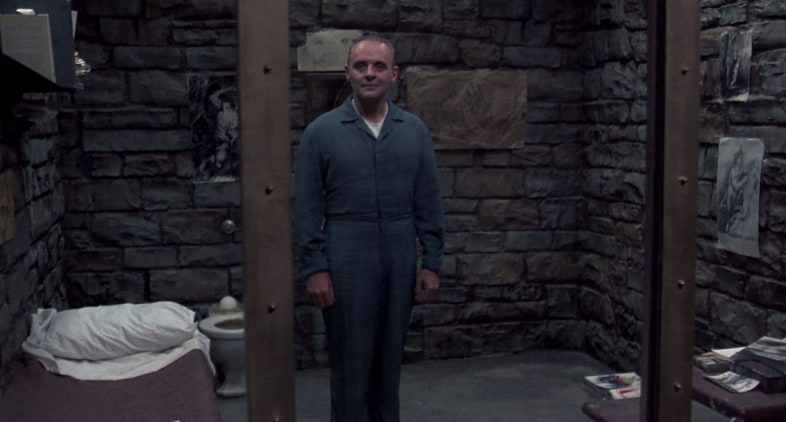
Well Clarice, have the lambs stopped screaming? [7]
The last act of the masterfully crafted Silence of the Lambs (1991) was harrowing. Dr. Lechter, awaiting transfer, refuses to share Gumm’s identity during Clarice’s final visit. As she grabs the FBI case files from his hands in desperation, Lechter uses her childhood memory as a metaphor yelling, “Brave Clarice. You will let me know when those lambs stop screaming, won’t you?” Isn’t that the defining question for the horror movie genre?
After all, Clarice, and every other lone character running from evil, must identify their “inner-killers” – pain, guilt, fear, truth, grief – to destroy the evil on the screen and quiet the screaming living inside the mind. Heavy stuff. And as a passionate horror fan, I hope the lambs never stop screaming.
Notes:
[1] “Scream (1996) – Jamie Kennedy as Randy – IMDb.”. Accessed 24 Mar. 2021.
[2] “How Modern Horror Is Breaking the Rules of the 1980s – Vulture.” 25 Oct. 2016. Accessed 20 Mar. 2021.
[3] “The Concept of Jung’s Collective Unconscious Explained.”. Accessed 23 Mar. 2021.
[4] “Watch: How to Build Empathy in a Horror Film (And Why It’s So ….” 15 Nov. 2017, https://nofilmschool.com/2017/11/watch-how-build-empathy-horror-film. Accessed 16 Mar. 2021.
[5] “The Aesthetics and Psychology Behind Horror Films – Digital ….”. Accessed 24 Mar. 2021.
[6] “(Why) Do You Like Scary Movies? A Review of the Empirical ….” 18 Oct. 2019, Accessed 23 Mar. 2021.
[7] “Daily Dialogue — June 18, 2017. Clarice … – Go Into The Story.” 18 Jun. 2017. Accessed 21 Mar. 2021.